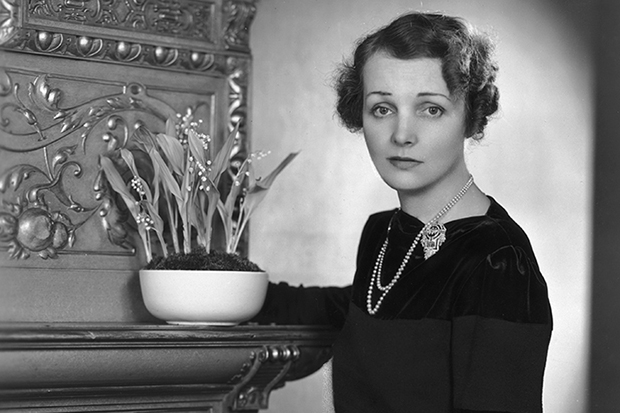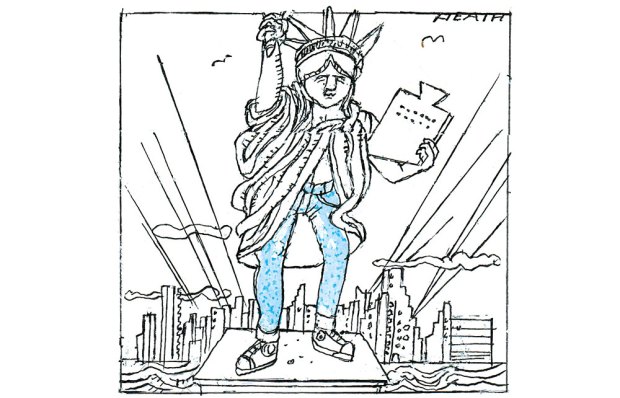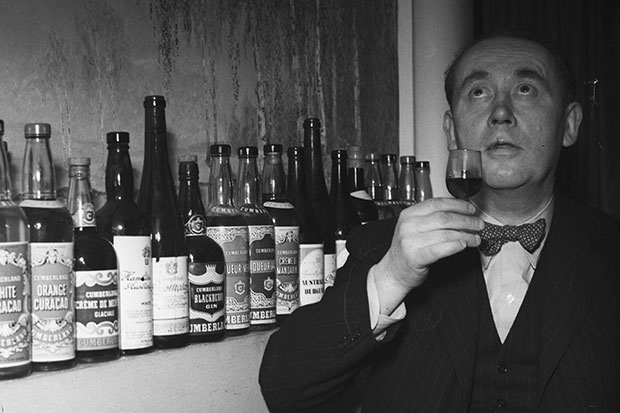There’s a certain kind of Englishman who falls hard for Los Angeles. Men such as Graham Nash, who swapped the Hollies and rainy Manchester for Joni Mitchell, David Crosby and Laurel Canyon. The LA of beaches, semi-rural hills and freeways can work wonders on an English heart. But the city has another side — a place most Angelenos never venture. Downtown.
The old heart of the city is a vision of how LA might have turned out. It has skyscrapers, art deco buildings and even an underground railway. It feels like Chicago, except that even on a Saturday afternoon, many streets are deserted. Some of those gorgeous pre-war buildings are dilapidated or boarded up. The shops sell cheap jewellery and Mexican food. There’s destitution on every corner.
It’s a similar story underground. The LA metro has the intimidating feel of the New York subway, yet it was built between 1990 and 2000. My wife’s family were incredulous when we said we would use it. They didn’t even know there was a stop near their house.
Fans of Who Framed Roger Rabbit? will remember that LA once had the most extensive public transport system in the world. It was dismantled to be replaced with freeways in the 1950s and Downtown began to decline. Despite countless regeneration initiatives, parts of it now look like photos of the Bronx from the 1980s. Yet finally things seem to be changing. Old buildings are being renovated. We stayed in the new Ace Hotel at the corner of Broadway and 9th Street, in the old United Artists building. It’s a cathedral of art deco with a 1,600-seater Gothic movie palace inside. From our room we could see the turquoise Eastern Columbia building with its famous clock tower. The Ace functions as a hipster hub, with Uber taxis buzzing around outside. Nearby is the baroque revival Orpheum Theatre, where Natalie Merchant was playing on our visit.
Downtown isn’t just a youngster’s playground, though: there’s the Gehry-designed Disney Concert Hall and the recently opened Broad (pronounced ‘Brode’) Contemporary Art Museum. Parts have the feel of Upper East Side in New York. Those with money can stay at the historic Biltmore Hotel and eat at the Pacific Dining Car, which opened in 1921 and still serves the best steaks in LA. The jewel of Downtown is the Bradbury Building, built in the 1890s in a French Colonial-meets-Italianate style. Its spectacular interior features in the end of Blade Runner.
Opposite, old and new LA come together in Grand Central Market, which has been in continuous use since 1917. We feasted on $2 pork offal tacos while a stall next door sold artisan wine at $30 a bottle. At the moment Downtown is like that: an odd mix of old grandeur, working-class Latinos, trendy newcomers and the occasional tourist. This is about to change. In the teeth of much local opposition, a metro line to affluent Santa Monica opens later this year. Beverly Hills will be connected in the 2020s. Those wide-open freeways are now clogged. You’re never going to get Angelenos to abandon their cars completely (it’s not that kind of city), but a combination of metro and Uber might provide a solution to the chronic traffic. The day my mother-in-law gets the metro downtown is the day the revival will have really begun.
Got something to add? Join the discussion and comment below.
Get 10 issues for just $10
Subscribe to The Spectator Australia today for the next 10 magazine issues, plus full online access, for just $10.
You might disagree with half of it, but you’ll enjoy reading all of it. Try your first month for free, then just $2 a week for the remainder of your first year.













Comments
Don't miss out
Join the conversation with other Spectator Australia readers. Subscribe to leave a comment.
SUBSCRIBEAlready a subscriber? Log in